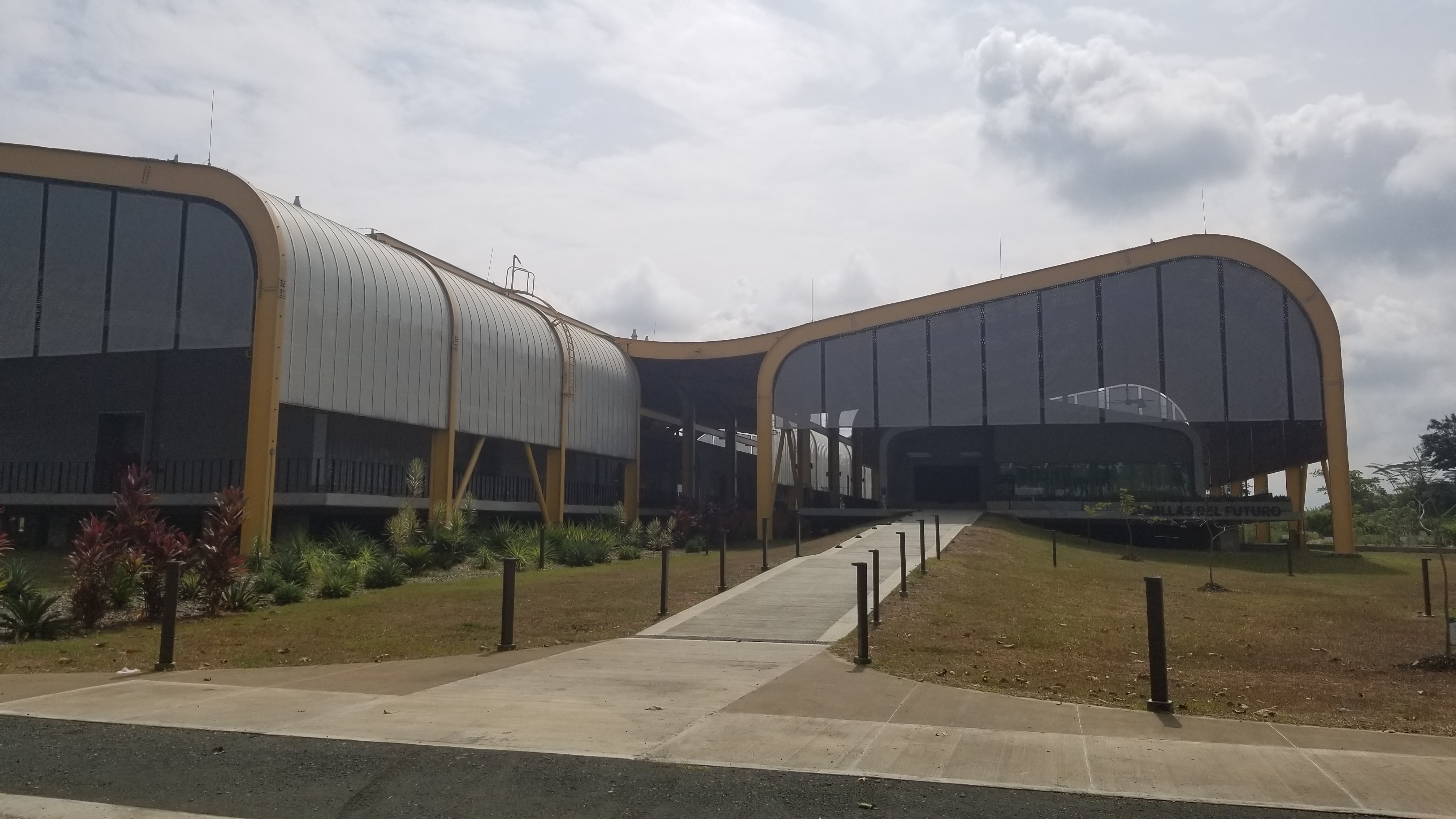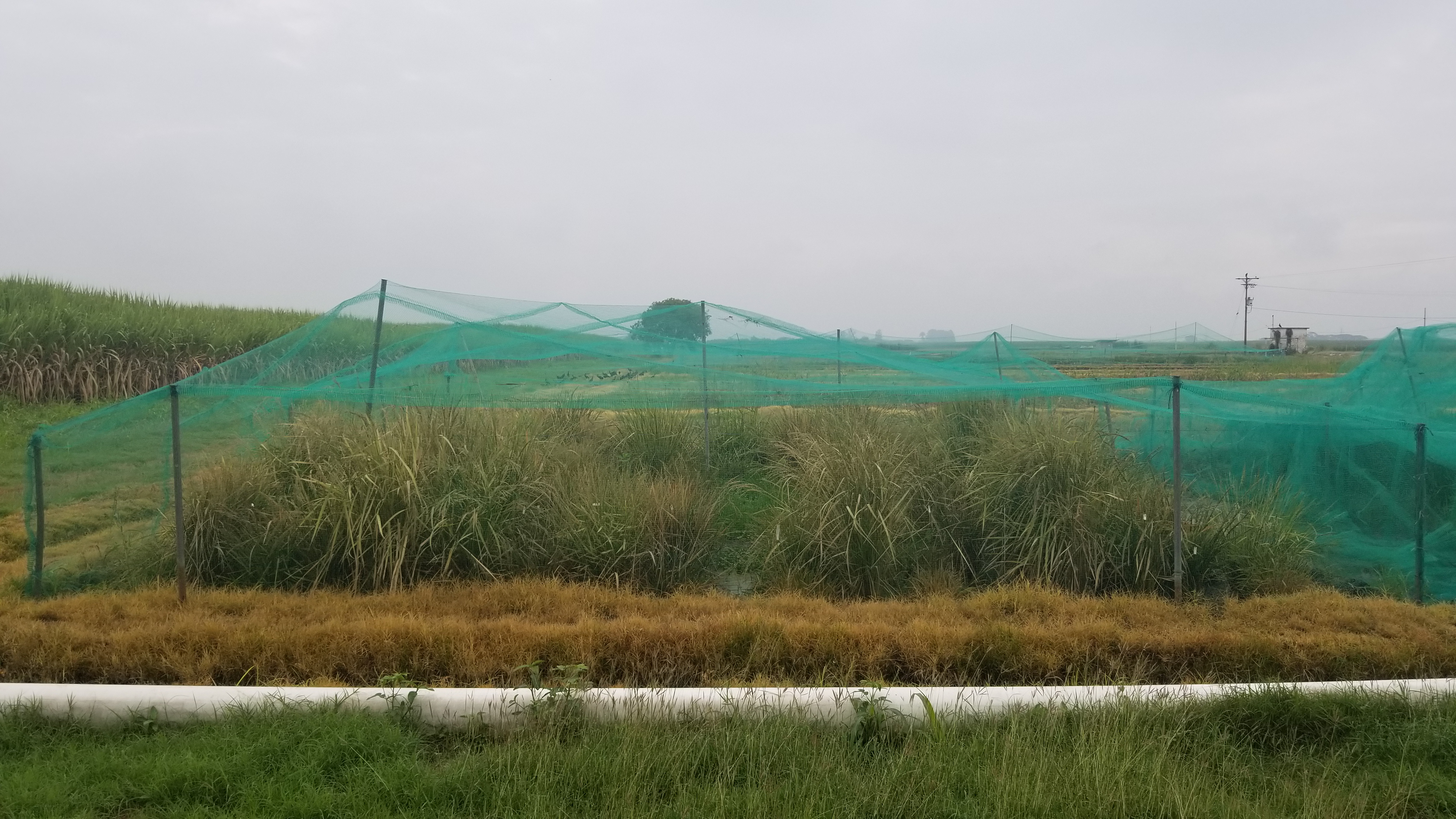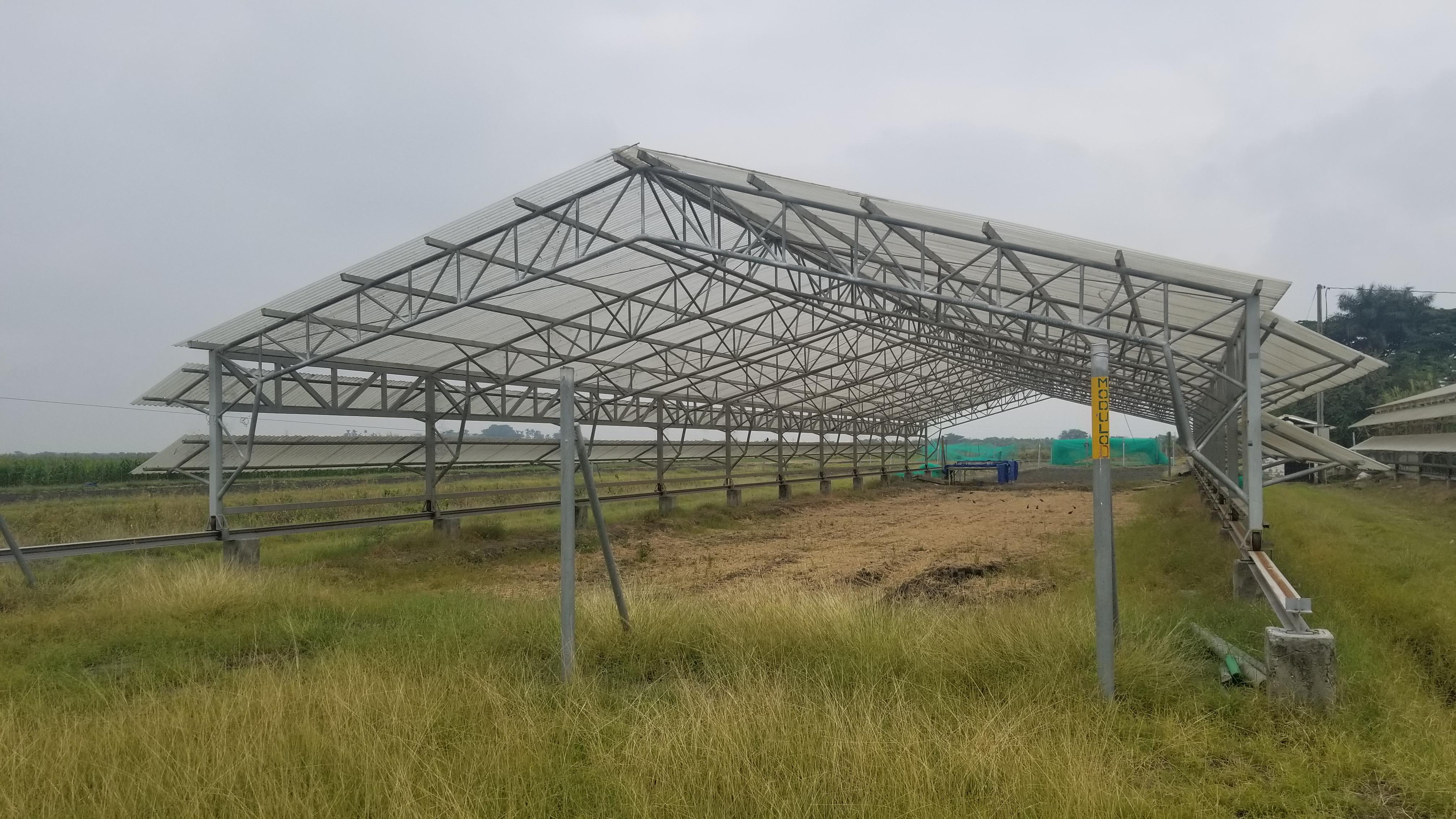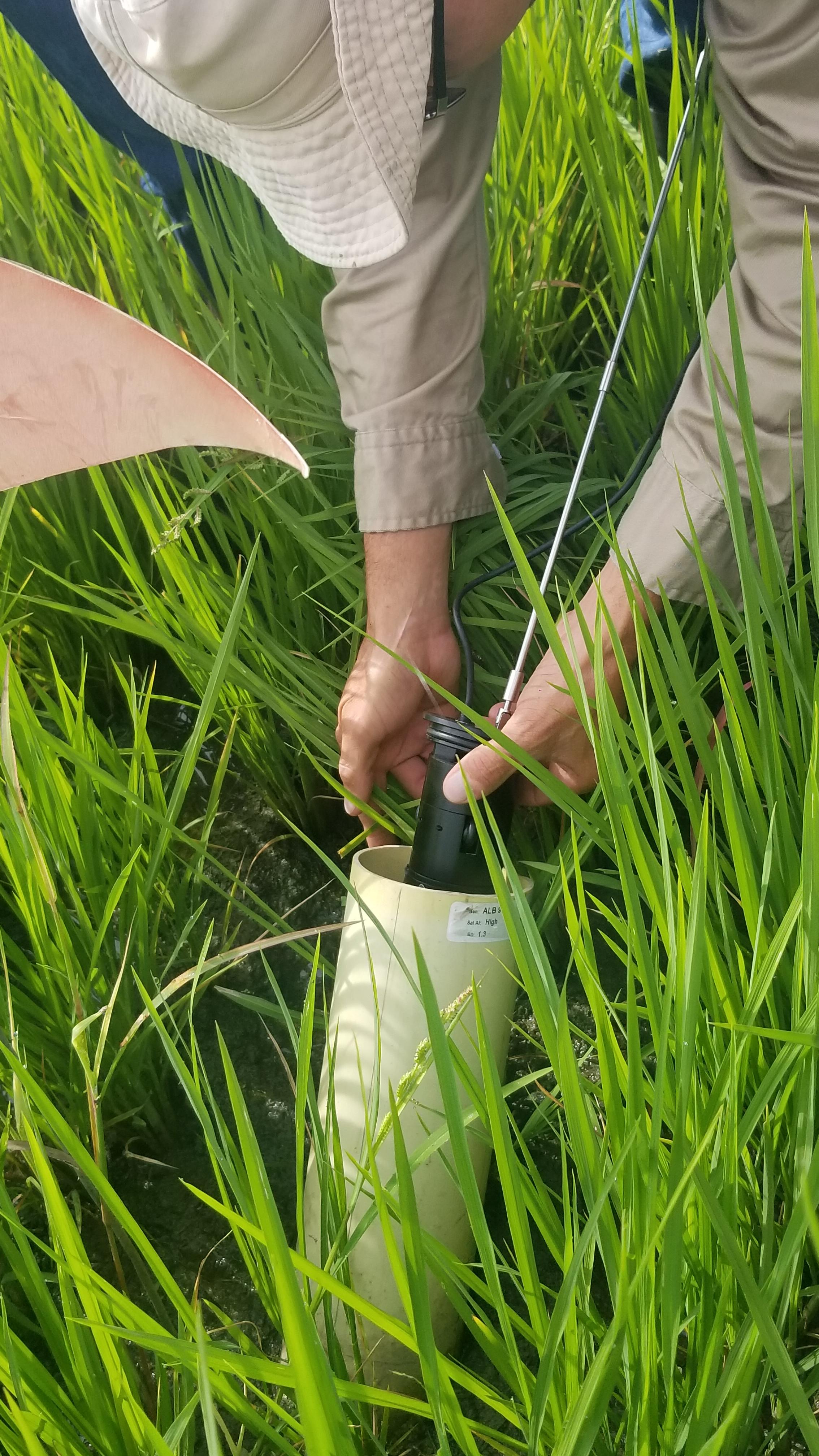Zhiwei Song is now about to start his project at CIAT in Cali, Colombia
Zhiwei Song is funded by China Scholarship Council and enrolled as PhD student at the University of Copenhagen. His project is embedded in the Climate-smart African rice, and due to his enrolment at the PhD School of SCIENCE, he needs to complete the compulsory change of scientific environment. Song is reporting from Cali, Colombia, after spending a couple of weeks accommodating to the new environment, and he says (make sure to check out the cool photos at the end of this post):
"On the 12th of August 2023, after suffering nearly 20 hours of travel, I finally touched down in the city of Cali, Colombia. My journey marked the beginning of my mandatory change of scientific environment as part of the Carbon Sequestration Fellowship (funded by the Bezos Earth Fund). I had submitted my application for this opportunity back in March, and now it was time to embark on this exciting adventure.
Upon my arrival at the Alliance Biodiversity International – CIAT (International Center for Tropical Agriculture), I was welcomed by a community of passionate and friendly individuals. They wasted no time introducing me to their state-of-the-art laboratories and the impressive array of equipment they had at their disposal for our research activities.
One of the projects that immediately caught my attention was the Oryza longistaminata breeding project. Oryza longistaminata, a perennial wild rice native to Africa, holds the promise of valuable agronomic traits. Thanks to its AA genome, it can be crossed directly with both Oryza sativa (Asian rice) and Oryza glaberrima (African rice). Here at CIAT, it was being used as the paternal line, crossed with Asian rice as the maternal line, with the ultimate goal of creating a perennial rice variety.
Another fascinating department I came across during my first days at CIAT was Future Seeds. Established just two years prior, in 2021, this department had quickly become a global innovation hub for conserving and utilizing crop diversity. Their mission is to create a genebank, collecting seeds from around the world, and providing these seeds free of charge to scientists and researchers for their research purposes.
I also had the privilege of participating in a fellow student's project, which involved scanning rice roots in the field using a specialized root scanner. This innovative approach allowed us to gain insights into the root phenotypes of the rice plants at various depths within the soil. By inserting PVC tubes into the soil before sowing the seeds, we could reach depths of up to 80 cm, providing priceless information on the actual growth status of rice roots in the field.
The movable rain-out shelter is another piece of valuable infrastructure at CIAT. Designed to be mobile, this shelter enables us to conduct drought experiments in the field. Its mobility allows us to select different plots based on the experimental design, improving our ability to investigate the effects of drought on crops in a controlled manner.
Lastly, we ventured into the area of soil sampling within the rain-out shelter. Understanding the finer details of the soil is crucial before sowing any seeds. We needed to determine parameters such as field capacity and soil texture to ensure optimal conditions for plant growth. Soon, my own plants will find their home within the rain-out shelter once we have fine-tuned the irrigation system.
I am sure that this chapter of my journey will be both enriching and transformative, and I cannot wait to contribute to the Carbon Sequestration Fellowship project in the months to come."

Future Seeds at CIAT - the new seed bank established in 2021.
 A field trial with Oryza longistaminata crossings.
A field trial with Oryza longistaminata crossings.

The moveable rain-out shelter that enables drought studies in the field situation.

Soil sampling within the rain-out shelter.

Root scanning in the field down to a depth of 80 cm using PVC tubes and a camera.
"On the 12th of August 2023, after suffering nearly 20 hours of travel, I finally touched down in the city of Cali, Colombia. My journey marked the beginning of my mandatory change of scientific environment as part of the Carbon Sequestration Fellowship (funded by the Bezos Earth Fund). I had submitted my application for this opportunity back in March, and now it was time to embark on this exciting adventure.
Upon my arrival at the Alliance Biodiversity International – CIAT (International Center for Tropical Agriculture), I was welcomed by a community of passionate and friendly individuals. They wasted no time introducing me to their state-of-the-art laboratories and the impressive array of equipment they had at their disposal for our research activities.
One of the projects that immediately caught my attention was the Oryza longistaminata breeding project. Oryza longistaminata, a perennial wild rice native to Africa, holds the promise of valuable agronomic traits. Thanks to its AA genome, it can be crossed directly with both Oryza sativa (Asian rice) and Oryza glaberrima (African rice). Here at CIAT, it was being used as the paternal line, crossed with Asian rice as the maternal line, with the ultimate goal of creating a perennial rice variety.
Another fascinating department I came across during my first days at CIAT was Future Seeds. Established just two years prior, in 2021, this department had quickly become a global innovation hub for conserving and utilizing crop diversity. Their mission is to create a genebank, collecting seeds from around the world, and providing these seeds free of charge to scientists and researchers for their research purposes.
I also had the privilege of participating in a fellow student's project, which involved scanning rice roots in the field using a specialized root scanner. This innovative approach allowed us to gain insights into the root phenotypes of the rice plants at various depths within the soil. By inserting PVC tubes into the soil before sowing the seeds, we could reach depths of up to 80 cm, providing priceless information on the actual growth status of rice roots in the field.
The movable rain-out shelter is another piece of valuable infrastructure at CIAT. Designed to be mobile, this shelter enables us to conduct drought experiments in the field. Its mobility allows us to select different plots based on the experimental design, improving our ability to investigate the effects of drought on crops in a controlled manner.
Lastly, we ventured into the area of soil sampling within the rain-out shelter. Understanding the finer details of the soil is crucial before sowing any seeds. We needed to determine parameters such as field capacity and soil texture to ensure optimal conditions for plant growth. Soon, my own plants will find their home within the rain-out shelter once we have fine-tuned the irrigation system.
I am sure that this chapter of my journey will be both enriching and transformative, and I cannot wait to contribute to the Carbon Sequestration Fellowship project in the months to come."

Future Seeds at CIAT - the new seed bank established in 2021.
 A field trial with Oryza longistaminata crossings.
A field trial with Oryza longistaminata crossings.
The moveable rain-out shelter that enables drought studies in the field situation.

Soil sampling within the rain-out shelter.

Root scanning in the field down to a depth of 80 cm using PVC tubes and a camera.
